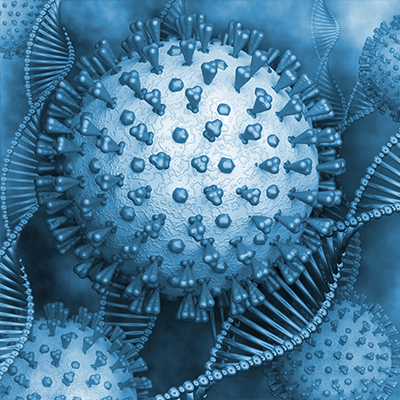January 12, 2021 -- Although immuno-oncology therapies have been around for many years, investors are excited to partner with innovators in the space who can push the boundaries of what these therapies are able to achieve. A panel of investors and business development executives discussed what exactly makes a specific candidate attractive as a business opportunity during a recorded session at the Biotech Showcase virtual event.
Immuno-oncology therapies are set to have another exciting year in 2021. These molecules have seen waves of interest for the last two decades, but are finally making progress toward clinical use and reaching patient populations. From checkpoint inhibitors and antibody-based therapies to chimeric antigen receptor (CAR) T-cell therapies, innovation is happening at a rapid pace.
Also, more advanced manufacturing capabilities and platform technologies have enabled the engineering and identification of new target molecules for a range of tumors, including those previously thought to be undruggable because it was too challenging to bind them to conventional molecules.
Given the extremely long list of potential immuno-oncology therapy candidates in the space, how do investors and big pharmaceutical companies decide which deals to make? According to the Biotech Showcase panel, the answer must be a mix of proof-of-concept that the biology behind a given candidate works and the synergies that the candidate will bring to existing treatments.
A novel idea (whether it be a platform technology or a candidate) is that the technology must have the potential to deliver a product with a clear and distinct advantage over existing therapies, according to Christopher Mortko, PhD, associate vice president and head of search and evaluation in the business development and licensing organization of Merck.
Immuno-oncology therapies are unique in that they are traditionally administered as combination therapies. The mechanisms of action for many therapies are thought to be additive with standard-of-care treatments and other immunotherapies. Companies spend a great deal of resources into confirming this about their candidates in combination clinical trials.
Proof-of-concept data is therefore very critical for any hopeful immuno-oncology candidate, said Laura Stoppel, principal of RA Capital Management. The type and amount of appropriate data varies for each candidate, but this information is an essential tool that developers and investors use to determine if a candidate can be translated to clinical use.
For instance, funding development of next-generation conditionally active biologics such as bispecific antibodies, which have been around for decades, is a much different business proposition than betting on a novel target with a lack of safety and efficacy data. Here, investors must decide if preclinical data is sufficient proof-of-concept or if clinical data is required. She explained that sometimes clinical data is necessary, especially in immunology settings, because preclinical animal models simply cannot simulate immune responses in humans.
When describing his team's approach to assessing the value of an immuno-oncology candidate, Mortko noted that monotherapy applications make it easier to value a candidate and view from a development perspective because the data is much easier to interpret while combination therapies are harder to think about early on due to the complexities of combination clinical trial data, which is difficult to compare across treatments.
Another constraint to immuno-oncology therapy development is the targeted nature of their mechanism of action. This means that they may be effective at treating a specific type of cancer, but they have no proven effect on a broad range of targets.
"We need a bigger hammer to treat some of the harder cancers," said Taylor Guo, co-founder and chief scientific officer of I-Mab Biopharma.
Alternatively, some companies see the value of these highly targeted approaches. In order to maximize the value of an asset it is not necessary to go after a broad patient population but rather have a very high and durable response in a selective group, explained Matthias Müllenbeck, executive director and head of global licensing and business development enabling technologies biopharma, global business development, and alliance management at Merck.
Whatever the tactic, Müllenbeck continued, it must be a "smart approach" that fits into the company's existing portfolio.
Merck's Mortko added that broad candidates will always be preferable but narrow, targeted therapies are technologies that companies will still consider, granted that there is a clear approach within a specific clinical indication.
Every year, the amount of clinical evidence and therefore the confidence in these immuno-oncology therapies grows. This brings interesting opportunities for biotechnology companies to partner with investors and for large pharmaceutical companies to advance their products and continue innovating to fight cancer.
What immune-oncology therapies do you think will advance in 2021? Contact the editor today to share your insights.
Copyright © 2021 scienceboard.net







